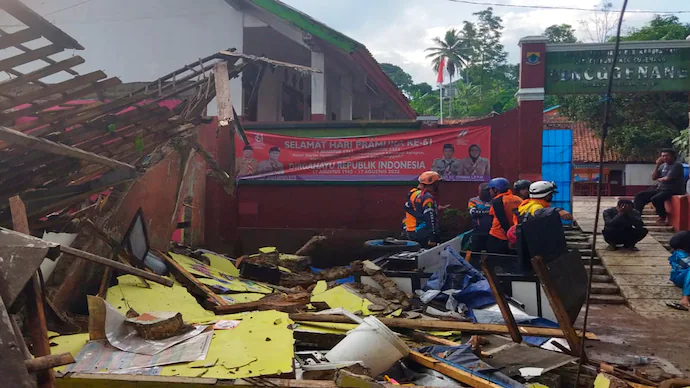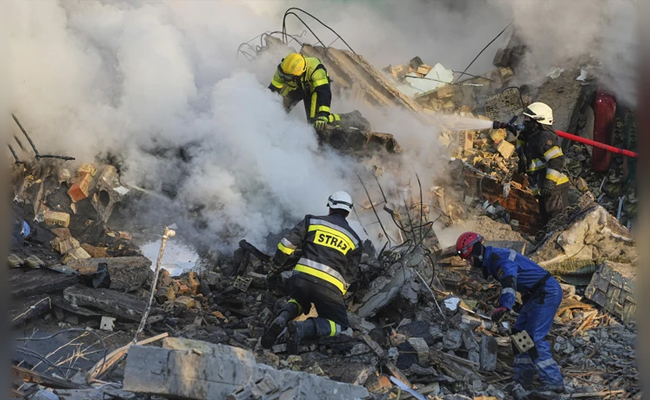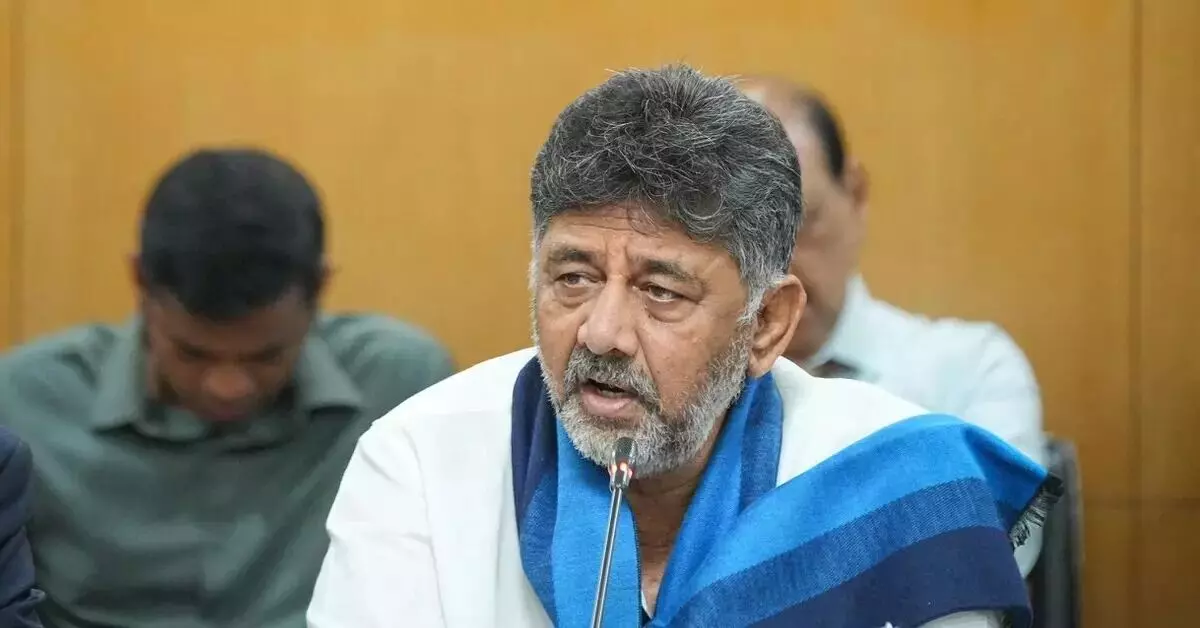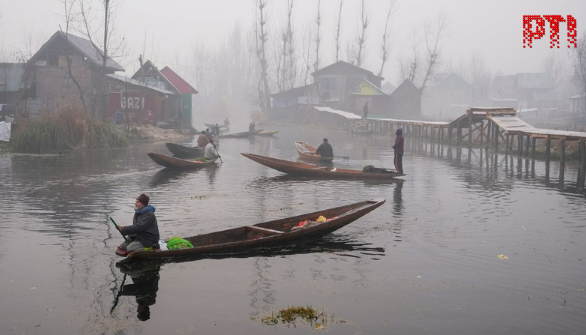Cianjur (Indonesia), Nov 21: A strong, shallow earthquake toppled buildings and walls on Indonesia's densely populated main island on Monday, killing at least 162 people and injuring hundreds of others as residents fled into the street, some covered in blood and debris.
Officials were gathering information on the toll of those injured and killed by the quake in the remote area.
West Java Governor Ridwan Kamil said the number of confirmed dead had risen to 162.
"The majority of those who died were children," he said.
Many were public school students who had finished their regular classes for the day and were taking extra lessons at Islamic schools, he said.
Cianjur is known for having a large number of Islamic boarding schools and mosques.
"So many incidents occurred at several Islamic schools," Kamil said.
He said more than 13,000 people whose homes had been heavily damaged were being taken to evacuation centres.
Emergency workers treated the injured on stretchers and blankets outside hospitals, on terraces and in parking lots in the Cianjur region, about three hours drive from the capital, Java.
The injured, including children, were given oxygen masks and IV lines and were being resuscitated.
"I fainted. It was very strong," said Hasan, a construction worker who, like many Indonesians, uses one name.
"I saw my friends running to escape from the building. But it was too late to get out and I was hit by the wall."
Residents, some crying and holding children, fled damaged homes after the magnitude 5.6 quake shook the region in West Java province in the late afternoon, at a depth of 10 kilometers.
It also caused panic in the greater Jakarta area, where high-rises swayed and some people evacuated.
Rescue teams and civilians in Cianjur were looking for people buried in collapsed brick homes. In many homes, chunks of concrete and roof tiles fell inside bedrooms.
Shopkeeper Dewi Risma was working with customers when the quake hit, and she ran for the exit.
"The vehicles on the road stopped because the quake was very strong," she said.
"I felt it shook three times, but the first one was the strongest one for around 10 seconds. The roof of the shop next to the store I work in had collapsed, and people said two had been hit."
The National Disaster Mitigation Agency said that the death toll reached 62 and hundreds were injured. More than 5,000 people are being evacuated.
Twenty-five people were still stuck buried in the debris in Cijedil village, said agency spokesman Abdul Muhari.
Several landslides closed roads around the Cianjur district.
Among the dozens of buildings that were damaged was an Islamic boarding school, a hospital and other public facilities, the agency said. Power outages were reported.
Ridwan Kamil, West Java governor, said that the local government, national police and Indonesian military were still gathering information.
"Because Cianjur is characterised by many places that are very remote, so we need that data to determine the situation," Kamil said.
Most of the victims and survivors were taken to the government hospital in Cianjur.
Indonesia's Meteorology, Climatology, and Geophysical Agency recorded at least 25 aftershocks.
"The quake felt so strong. My colleagues and I decided to get out of our office on the ninth floor using the emergency stairs," said Vidi Primadhania, a worked in the capital, where many residents ran into the streets and others hid under desks.
The country of more than 270 million people is frequently struck by earthquakes, volcanic eruptions and tsunamis because of its location on the "Ring of Fire," an arc of volcanoes and fault lines in the Pacific Basin.
In February, a magnitude 6.2 earthquake killed at least 25 people and injured more than 460 in West Sumatra province.
In January 2021, a magnitude 6.2 earthquake killed more than 100 people and injured nearly 6,500 in West Sulawesi province.
A powerful Indian Ocean quake and tsunami in 2004 killed nearly 230,000 people in a dozen countries, most of them in Indonesia.
Let the Truth be known. If you read VB and like VB, please be a VB Supporter and Help us deliver the Truth to one and all.
Kyiv (AP): Eight people were killed and 27 wounded in a Russian missile strike on port infrastructure in Odesa, southern Ukraine, late on Friday, Ukraine's Emergency Service said on Saturday morning.
Some of the wounded were on a bus at the epicentre of the overnight strike, the service said in a Telegram post. Trucks caught fire in the parking lot, and cars were also damaged.
The port was struck with ballistic missiles, said Oleh Kiper, the head of the Odesa region.
ALSO READ: 'Have not received complaint yet': Delhi Police on assault by off-duty Air India Express pilot
Elsewhere, Ukrainian forces hit a Russian warship and other facilities with drones, Ukraine's General Staff said in a statement on Saturday.
The nighttime attack on Friday hit the Russian warship “Okhotnik,” according to the statement posted to the Telegram messaging app.
The ship was patrolling in the Caspian Sea near an oil and gas production platform. The extent of the damage is still being clarified, the statement added.
A drilling platform at the Filanovsky oil and gas field in the Caspian Sea was also hit. The facility is operated by Russian oil giant Lukoil. Ukrainian drones also struck a radar system in the Krasnosilske area of Crimea, which Russia illegally annexed from Ukraine in 2014.





